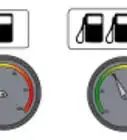This article was co-authored by Simon Miyerov. Simon Miyerov is the President and Driving Instructor for Drive Rite Academy, a driving academy based out of New York City. Simon has over 8 years of driving instruction experience. His mission is to ensure the safety of everyday drivers and continue to make New York a safer and efficient driving environment.
wikiHow marks an article as reader-approved once it receives enough positive feedback. In this case, 90% of readers who voted found the article helpful, earning it our reader-approved status.
This article has been viewed 115,869 times.
The rear view mirror is one of the first things you learn about in driver’s ed, but few people know (or remember) the best ways to use it to keep you safe on the road. In this article, we’ll show you exactly how to adjust it before you start driving so your view is unobstructed, plus when to check it while you’re cruising down the street to keep you (and everyone else on the road) safe. Let’s get to it!
Things You Should Know
- Position your seat and buckle up before adjusting your rear view mirror. Move the mirror so you can clearly see the road and horizon line behind you.
- Adjust your mirror every time you drive and check it about once every 5-8 seconds while you’re on the road.
- Make sure to look in your mirror when you’re backing up, switching lanes, navigating heavy traffic, or making quick stops.
Steps
Adjusting the Mirror
-
1Position your seat. Before you adjust your mirror, you want to make sure that your seat is in the right position for driving. Move the seat forward or back, adjust the seat back, and move the seat up or down, if your seat has that type of adjustment.[1]
- It's important to adjust the seat so that you can easily reach the pedals of the car. Make sure your feet can reach the gas pedal, the brake pedal, and if you have one, the clutch pedal.
-
2Buckle your seatbelt. With your seatbelt buckled, you will be in your final driving position. If you adjust your mirrors before buckling your seatbelt, you may be in a different position when actually driving.
- It is important for your safety to always drive with your seatbelt buckled.
Advertisement -
3Move the rearview mirror. You want to assure that you can see the traffic behind you clearly. You should be able to see the road behind you, with the horizon line and a bit of the space above the horizon line visible as well.[2] [3] To be able to do this, make sure that you can see your whole rear window in your rearview mirror.
- To adjust the mirror simply move the body of the mirror to a different angle. The mirror should move easily, although not so easily that it falls out of place once you position it.
- Don't adjust the mirror so that you can see out one side of the rear window more than another. This will only limit your overall vision of the road. If you are concerned about seeing one side of the car, you should use your side view mirrors for that.[4]
-
4Make small adjustments while stopped. If you feel that your mirror needs additional adjustment after you start driving, make this adjustment while stopped. It can be a hazard to adjust the mirror while in motion, as you should be focused on your driving and the traffic around you.
- While driving, the vibration of the vehicle can cause the position of the rearview mirror to change. Pay attention to its position as you drive and adjust it as needed when stopped.
-
5Adjust your mirror every time you drive. To be safe, take the time to adjust the rearview mirror before every drive. It is not enough to rely on your positioning from the last time you drove. You may have been sitting in a slightly different position or someone else could have adjusted the mirror without you knowing.[5]
Using the Mirror While Driving
-
1Check your rearview mirror on a regular basis. Even if you are just driving straight ahead on an open highway, it's important to know what is going on behind you. This means you should be looking at your rearview mirror every 5-8 seconds.[6]
- This will keep your understanding of the traffic conditions behind you up to date.
- It will also allow you to keep track of cars that are passing you, and even cars that are acting sporadically or dangerously behind you.
-
2Look in your rearview mirror before adjusting your position on the road. You should look in the mirror before you stop or start, pass a car, turn, switch lanes, pull over, or make any other adjustment to your position on the road. Basically, if you want to make any movements, other than straight ahead, you should check your rearview mirror before doing it, so that you can make the change safely.
- When changing lanes, you use a combination of your rearview mirror and your side mirror to see if where you are moving is clear, as well as turning around to see if there is anyone in your blind spot. The combination of all of these checks will make switching lanes safer.[7]
-
3Use your rearview mirror when backing up. The rear-view mirror is especially important when you are moving your vehicle in reverse. The mirror will help you to know the course is clear and that you can move without coming into contact with another car, person, or property.
- When moving in reverse, it is also important to rely on things other than the rear-view mirror. Check your side mirrors and turn around and look behind the car with your own eyes in order to assess the situation. After all, it is always better to be safe than sorry.
-
4Look at your rearview mirror when navigating heavy or irregular traffic. The rearview mirror can give you a lot of good information when trying to get through a stressful and busy driving situation. For example, look in your mirror to assess whether moving in reverse will help you get out of a tight space or just lock you into an even more tenuous position.
-
5Look before you make a quick stop if you can. Before you brake hard, take a quick second to assess whether any cars are too close to your rear end to stop. If that is the case, consider adjusting your lane or your braking speed if you can. If you can't, then knowing a car behind you may hit you will give you a second to brace for an impact.
- If you are looking in your rearview mirror at regular intervals already, you may already have a good idea if a vehicle is close behind you. This will help you to make a quick judgement about the following distance and if a vehicle will have time to stop before hitting you.
- Being good at judging the following distance of vehicles behind you should help you adjust your braking measures in order to prevent a rear-end collision from happening.
Expert Q&A
-
QuestionWhat angle should the side mirrors sit at?
 Simon MiyerovSimon Miyerov is the President and Driving Instructor for Drive Rite Academy, a driving academy based out of New York City. Simon has over 8 years of driving instruction experience. His mission is to ensure the safety of everyday drivers and continue to make New York a safer and efficient driving environment.
Simon MiyerovSimon Miyerov is the President and Driving Instructor for Drive Rite Academy, a driving academy based out of New York City. Simon has over 8 years of driving instruction experience. His mission is to ensure the safety of everyday drivers and continue to make New York a safer and efficient driving environment.
Driving Instructor For the side mirrors, I recommend adjusting it from your natural seated position until you can see the tip of one door handle on the left side and both door handles on the right side. You should be able to see the full view of the street.
For the side mirrors, I recommend adjusting it from your natural seated position until you can see the tip of one door handle on the left side and both door handles on the right side. You should be able to see the full view of the street. -
QuestionIs it illegal to have anything on your rearview mirror?
 Simon MiyerovSimon Miyerov is the President and Driving Instructor for Drive Rite Academy, a driving academy based out of New York City. Simon has over 8 years of driving instruction experience. His mission is to ensure the safety of everyday drivers and continue to make New York a safer and efficient driving environment.
Simon MiyerovSimon Miyerov is the President and Driving Instructor for Drive Rite Academy, a driving academy based out of New York City. Simon has over 8 years of driving instruction experience. His mission is to ensure the safety of everyday drivers and continue to make New York a safer and efficient driving environment.
Driving Instructor It totally depends on the laws where you live. This kind of thing is going to be different from state to state. However, I would generally recommend keeping your windshield totally clear, though. Even if it's legal, it isn't necessarily a good idea.
It totally depends on the laws where you live. This kind of thing is going to be different from state to state. However, I would generally recommend keeping your windshield totally clear, though. Even if it's legal, it isn't necessarily a good idea. -
QuestionWhat should I be able to see in my rear view?
 Simon MiyerovSimon Miyerov is the President and Driving Instructor for Drive Rite Academy, a driving academy based out of New York City. Simon has over 8 years of driving instruction experience. His mission is to ensure the safety of everyday drivers and continue to make New York a safer and efficient driving environment.
Simon MiyerovSimon Miyerov is the President and Driving Instructor for Drive Rite Academy, a driving academy based out of New York City. Simon has over 8 years of driving instruction experience. His mission is to ensure the safety of everyday drivers and continue to make New York a safer and efficient driving environment.
Driving Instructor You should be able to see everything behind you through the rear windshield. You should be able to just move your eyes and see everything in the mirror without moving your head. If you can do that, your rearview is in the right place.
You should be able to see everything behind you through the rear windshield. You should be able to just move your eyes and see everything in the mirror without moving your head. If you can do that, your rearview is in the right place.
References
- ↑ Simon Miyerov. Driving Instructor. Expert Interview. 4 December 2019.
- ↑ Simon Miyerov. Driving Instructor. Expert Interview. 4 December 2019.
- ↑ https://www.law.cornell.edu/cfr/text/49/571.111
- ↑ http://pages.cs.wisc.edu/~gdguo/driving/BlindSpot.htm
- ↑ http://pages.cs.wisc.edu/~gdguo/driving/BlindSpot.htm
- ↑ https://safedriving.wordpress.com/2009/10/08/how-often-should-you-check-your-mirror/
- ↑ https://www.cct.lsu.edu/~sidhanti/tutorials/dlguide/la/Chapter4.html
- ↑ https://deepblue.lib.umich.edu/bitstream/handle/2027.42/850/79018.0001.001.pdf?sequence=2
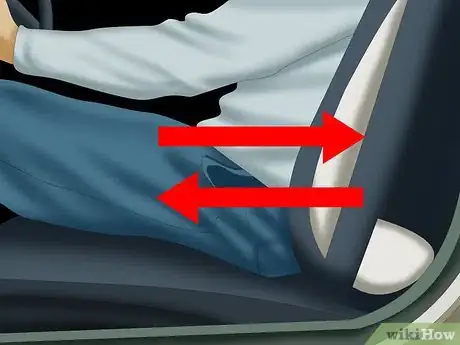

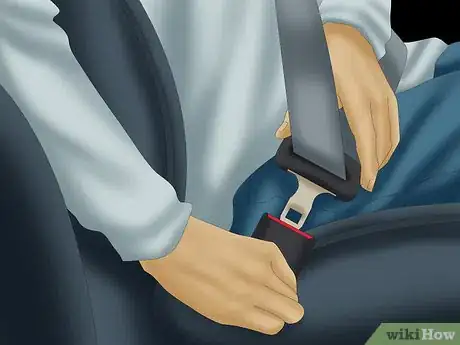
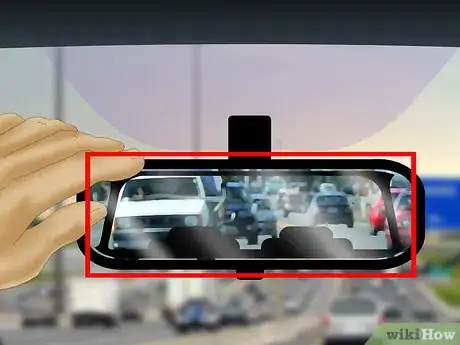
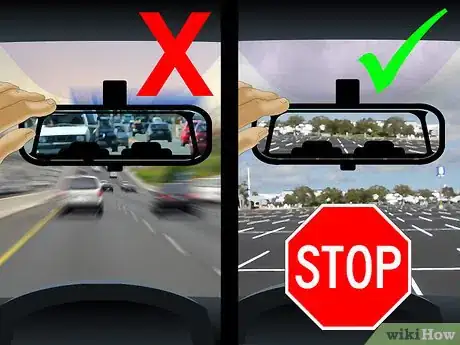
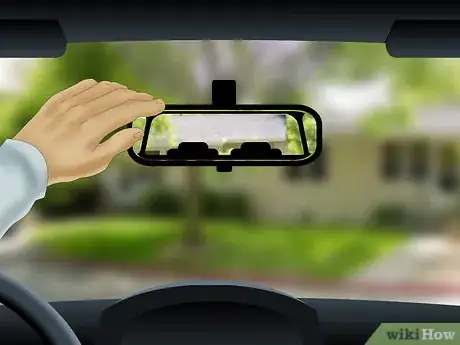
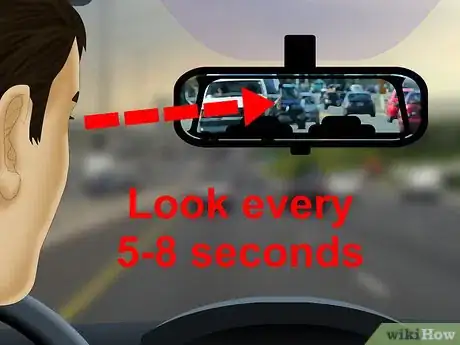
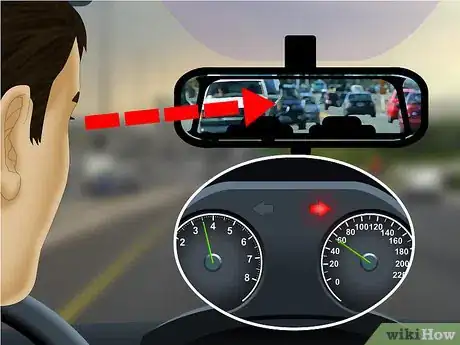
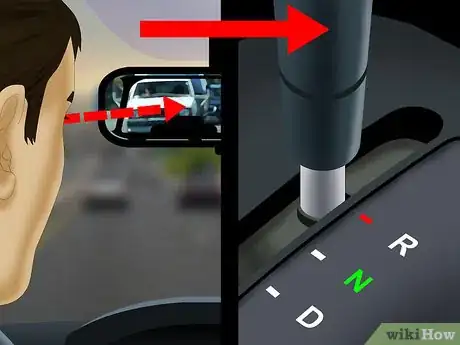
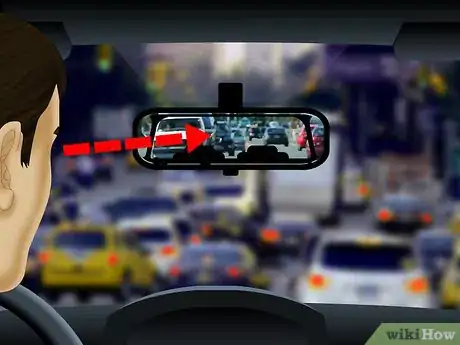
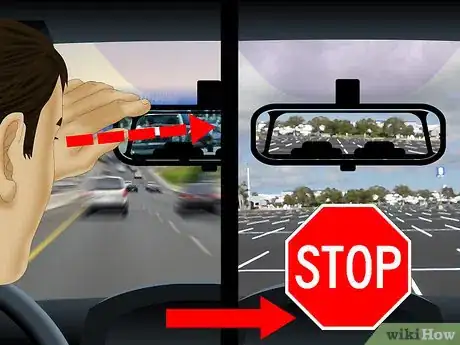
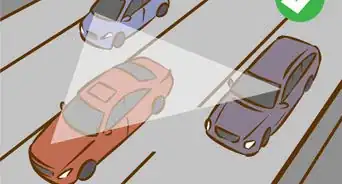
-Step-27.webp)
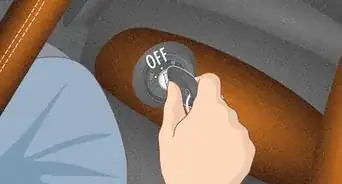
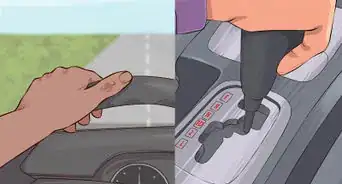
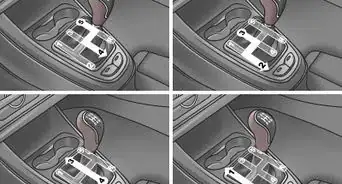
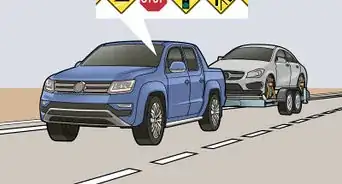
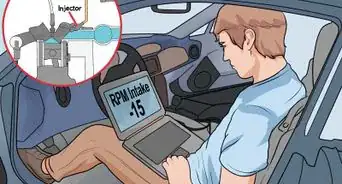


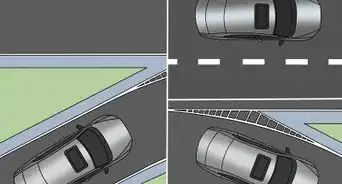
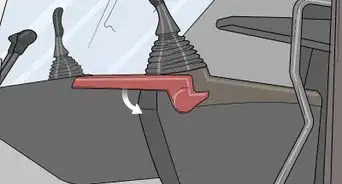









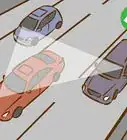
-Step-27.webp)
